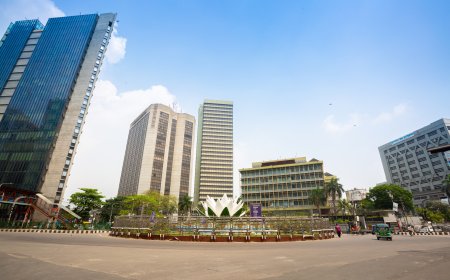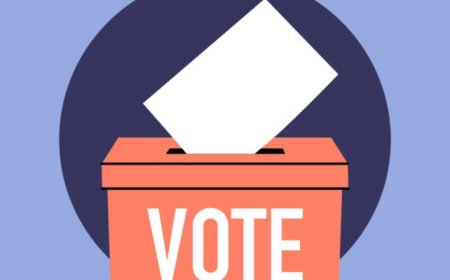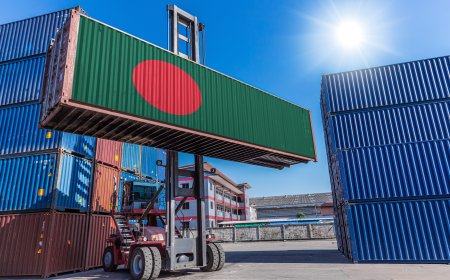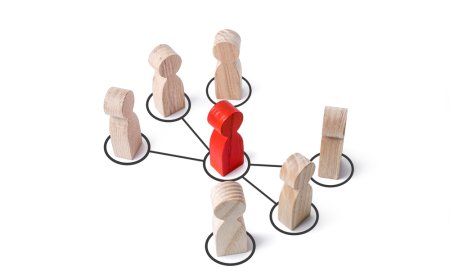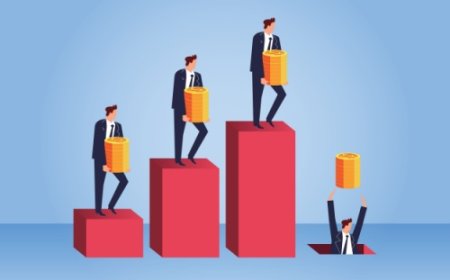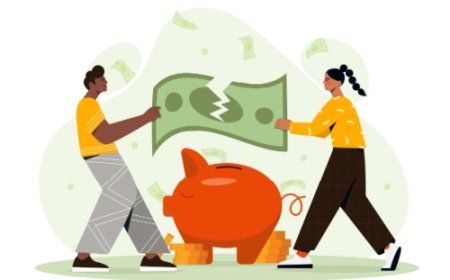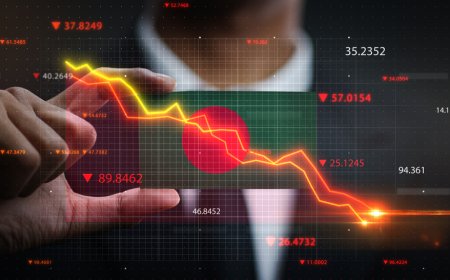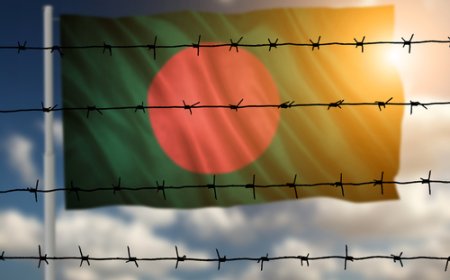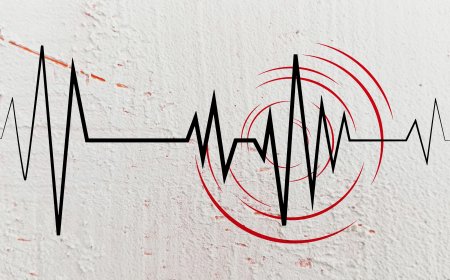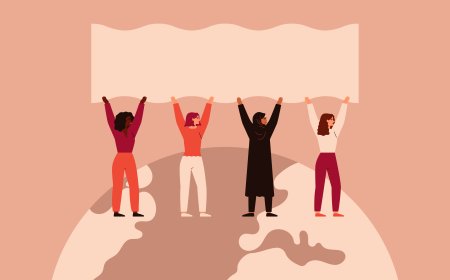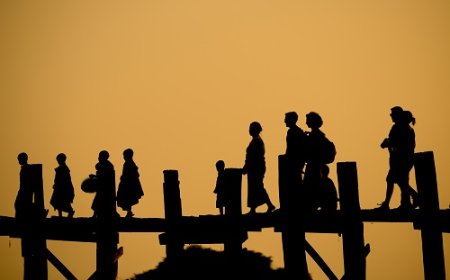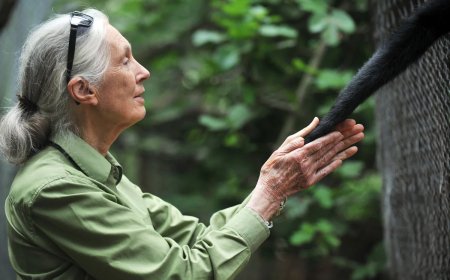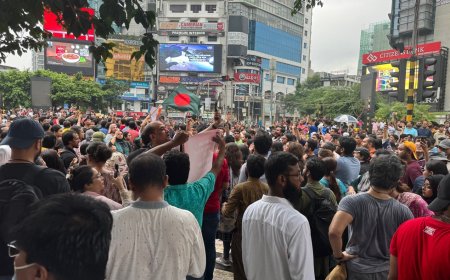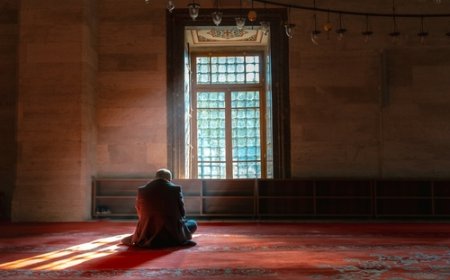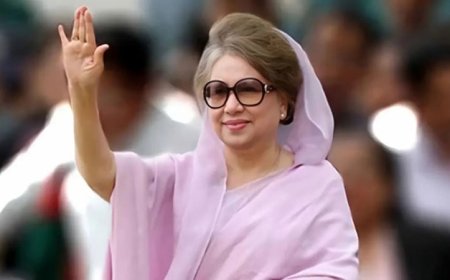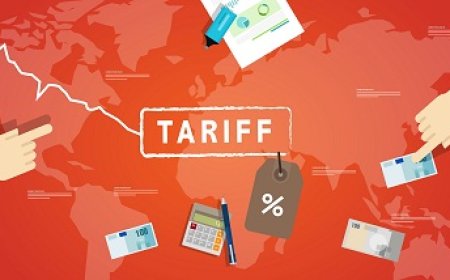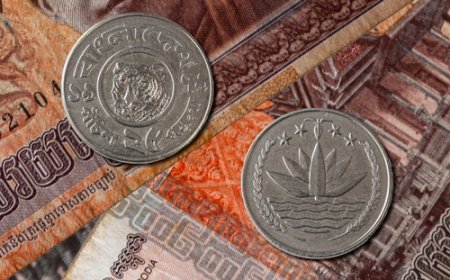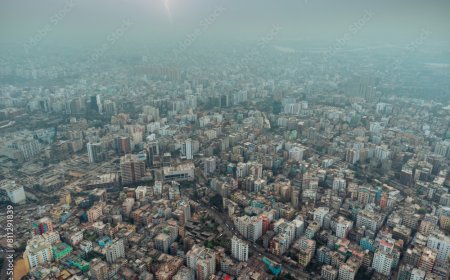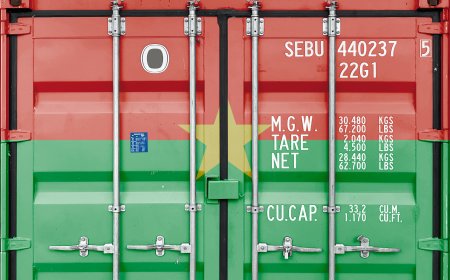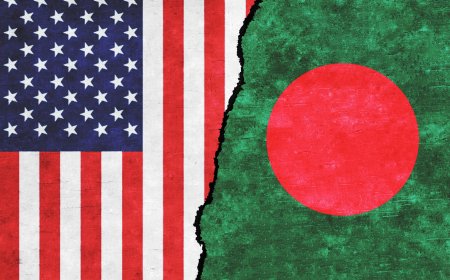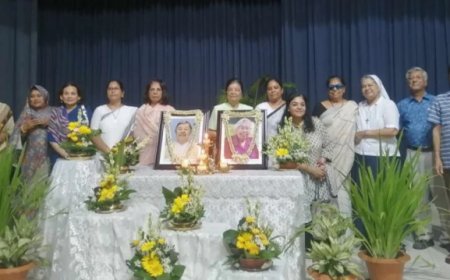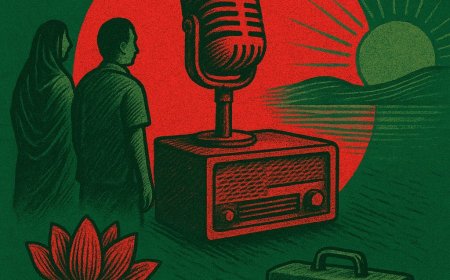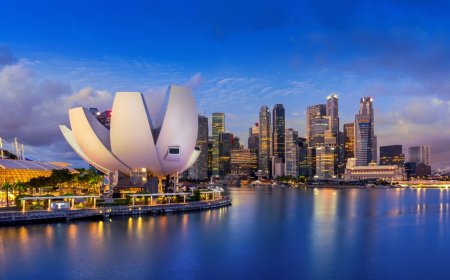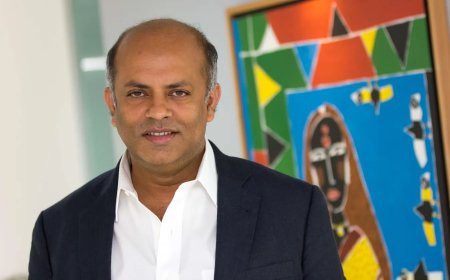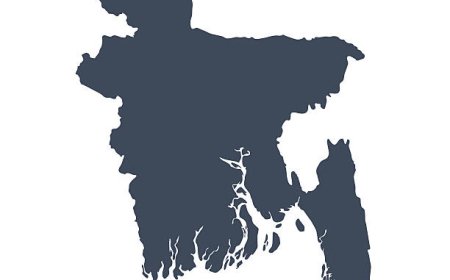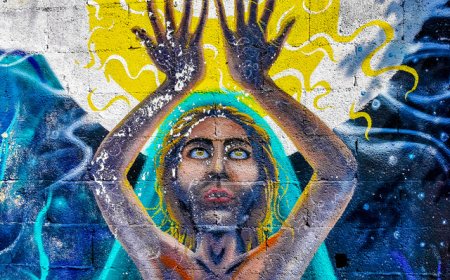When Bangladesh’s Demographic Dividend Turns Into a Curse
The demographic dividend is not destiny -- it’s a choice. Bangladesh has 15 years to act, but the window shrinks daily. Without a bold vision, this youth bulge could ignite unrest rather than prosperity, echoing the Arab Spring’s unfulfilled promise.

On a humid morning in Dhaka, as the sun rises over the sprawling megacity of 22 million, the streets hum with the energy of a young nation. Bangladesh, with its 170 million people, boasts a demographic dividend -- a rare window where a bulging working-age population (ages 15-64) outpaces dependents, promising economic growth if harnessed wisely.
This dividend, a legacy of declining fertility and mortality rates since the 1980s, has fueled the country’s rise from one of the world’s poorest to a lower-middle-income economy, with GDP growth averaging 6-7% annually through the early 2020s.
Yet, as I watch from afar, the promise feels increasingly hollow. The clock is ticking on this opportunity, and without urgent action, this dividend risks morphing into a demographic curse -- a burden of unemployment, inequality, and social unrest that could define Bangladesh’s future. It has been a year since the Gen Z revolution, and the stakes have never been higher.
The concept of a demographic dividend is deceptively simple. When a country’s dependency ratio -- the proportion of children and elderly relative to the working-age population -- drops, more hands are available to produce, innovate, and invest. Bangladesh hit this sweet spot around 2007, with the ratio falling from 90 in the 1980s to about 53 today, according to World Bank data. Economists estimate this could add 1-2% to annual GDP growth, a boost that has underpinned the garment industry’s boom and rural microfinance successes. However, this window, projected to last until 2040, is narrowing. By 2029, Bangladesh will become an aging society, with the elderly share climbing to 10% and reaching 20% by 2050. The question is not whether the dividend exists -- it does -- but whether Bangladesh can capitalize on it before time runs out.
The signs of trouble are already visible. Unemployment among youth (ages 15-24) hovers at 12-15%, triple the national rate of 3.35%, despite a workforce that should be its greatest asset. Each year, 2 million young people enter the labor market, but the economy generates only 5-6 million jobs -- far short of the 10-12 million needed to absorb this growth, according to the Bangladesh Bureau of Statistics. The garment sector, which employs 4 million, mostly women, remains the backbone, but it’s a precarious one. Low-skill, low-wage jobs dominate, offering little upward mobility. Rural areas fare worse, with agriculture absorbing surplus labor at subsistence levels, while urban centers like Dhaka swell with underemployed migrants. This mismatch isn’t just an economic failure; it’s a social time bomb. Disillusioned youth, unable to find purpose, fuel protests -- like the July 2024 uprising that toppled the government in 2024 -- or seek risky and expensive migration routes to the Middle East, where exploitation awaits.
Education, the cornerstone of any demographic dividend, reveals another fault line. With a literacy rate of 78%, Bangladesh has made strides, but quality lags. The World Bank estimates that only 46% of children reach their full productivity potential due to inadequate schooling and skills training. STEM enrollment is low, and vocational programs struggle to keep pace with demands for AI, tech, and green industries -- sectors critical for a modern economy. The July Revolution, driven by students demanding fair job quotas, exposed this gap: a generation educated enough to protest but not equipped to thrive. Without investment in higher education and retraining, millions risk becoming unemployable as automation reshapes global markets. The interim government has pledged education reform, but with economic growth dipping to 3.3% in fiscal 2025 amid inflation above 10%, funds are scarce.
Health is another Achilles’ heel. Rising non-communicable diseases -- diabetes, hypertension, and mental health issues -- stem from urban sedentarism and poor nutrition, sapping workforce vitality. Bangladesh has just 0.7 physicians per 1,000 people, well below the World Health Organization’s recommended 1.0, straining an already overburdened system. Undernutrition persists in rural areas, with 30% of children stunted, per UNICEF, undermining early cognitive development. A healthy workforce is the engine of a dividend, but without preventive care and mental health support -- especially after the trauma of 1,400 deaths in the 2024 protests -- this engine sputters. The government’s focus on stabilizing banks looted by allies of the previous government diverts resources from these human capital needs.
Gender inequality further dims the dividend’s glow. Women’s labor force participation stands at 36%, half the male rate, constrained by cultural norms, childcare burdens, and limited access to skills training. The garment industry, while a lifeline, often traps women in exploitative conditions, with reports of wage theft and unsafe workplaces persisting post-Rana Plaza. Empowering women could double the dividend’s impact, yet progress stalls. The interim government’s July Declaration nods to gender equity, but without concrete policies -- subsidized childcare, legal protections -- words ring hollow. This exclusion not only wastes talent but deepens poverty cycles, a self-inflicted wound on an economy teetering on the edge.
The aging transition looms as the ultimate deadline. By 2040, the elderly will demand pensions and healthcare, shifting the dependency burden back onto a shrinking workforce. Bangladesh lacks a robust social safety net, with only 15% of the elderly covered by informal support, per a 2023 Asian Development Bank report. If the current youth aren’t upskilled now, the next generation will inherit a fiscal crisis, paying for an aging population with stagnant wages. The World Bank warns that South Asia, including Bangladesh, risks “squandering” its demographic window without creating 20 million jobs annually region-wide -- a target that feels distant as investment dries up amid political instability.
The July 2024 uprising, a clarion call from Generation Z, offered a chance to reset this trajectory. Students, led by figures like Nahid Islam, toppled a well entrenched autocracy. The interim government dissolved parliament, banned the Awami League pending trials, and launched reform commissions. On the uprising’s anniversary, it issued the July Declaration, committing to electoral and judicial overhauls, with polls set for February 2026. Yet, progress falters.
The National Consensus Commission struggles to unify the youth-led National Citizen Party (NCP), which demands justice and a new constitution, with the BNP’s push for earlier elections. Military chief General Waker-uz-Zaman, overseeing deployed forces amid a police strike, resists prolonged interim rule, complicating reforms. Recent Dhaka clashes on September 10 injured dozens, while minority attacks -- mostly since August 2024 erode social trust.
Economic headwinds amplify the risk. Growth at 3.3% in fiscal 2025, down from 6.5% in 2023, reflects floods in Sylhet, a 30% investment drop, and looming US tariffs on garments. Inflation exceeds 10%, hitting the poor hardest, while graduation from least-developed status in 2026 threatens export incentives. Diplomatically, Dr. Yunus’s demand for Hasina’s extradition strains ties with India, while warming relations with Pakistan via trade pacts on August 25, 2025, signal a pivot -- but offer no quick economic fix. The Cyber Security Act, with 15 cases filed this month against critics, revives repressive habits, stifling the free thought needed for innovation.
This demographic dividend, then, becomes a curse when policy fails to match demography. The interim government’s focus on political stabilization overshadows economic planning, leaving youth unemployed and restless. Polarization between the NCP’s reform-first stance and the BNP’s electoral haste, compounded by military caution, stalls bold action. Economic stagnation diverts attention from education and health, while minority violence -- often unchecked amid police shortages -- undermines cohesion. Diplomatic isolation limits foreign aid, and the judiciary, steeped in old loyalties, resists overhaul. Corruption, exponentially grown since 1971’s modest relief fund thefts to today’s multi-billion-dollar heists, entrenches a kleptocratic inertia that siphons resources from human capital.
Yet, hope persists. The youth’s defiance, economic resilience in cooperatives, and global scrutiny post-uprising offer a path forward. A “second dividend” is possible through sustained investment: vocational training to boost STEM skills, NCD prevention to enhance health, and gender equity to unlock women’s potential. The government could partner with NGOs and international bodies like the ILO to create jobs, leveraging Bangladesh’s digital growth—IT exports hit $1.5 billion in 2024. Tax incentives for green industries and rural broadband could spur innovation, while a universal healthcare pilot in Dhaka could test scalable solutions.
Watching from Toronto, I see a nation at a crossroads. The demographic dividend is not destiny -- it’s a choice. Bangladesh has 15 years to act, but the window shrinks daily. Without a bold vision, this youth bulge could ignite unrest rather than prosperity, echoing the Arab Spring’s unfulfilled promise.
The July Revolution’s spirit demands more than protests; it requires a commitment to education, health, and inclusion. On this October morning, the future hangs in the balance -- will Bangladesh seize its dividend or succumb to its curse?
As per Alexander Pope:
“Hope springs eternal in the human breast;
Man never is, but always to be blest.”
What's Your Reaction?







